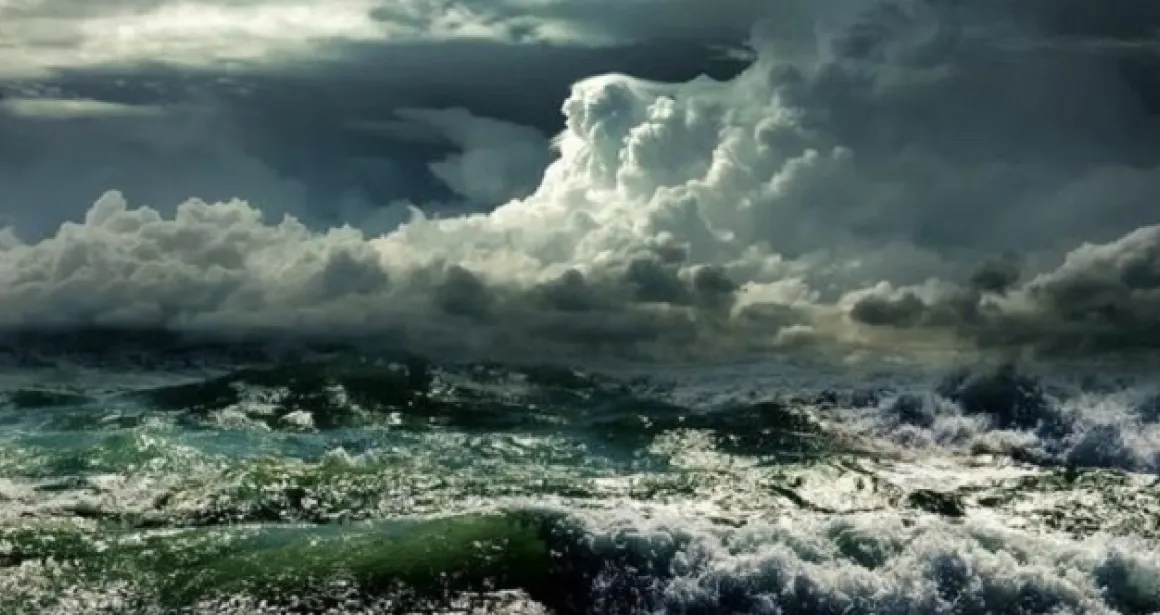How does the ocean absorb carbon?
The ocean plays a fundamental role in regulating the climate by absorbing and storing carbon dioxide (CO2), which is the main greenhouse gas.
- 2mn read

A physico-chemical phenomenon
The ocean contains 50 times more carbon than the atmosphere, with which it exchanges nearly 100 billion metric tons of carbon every year. The gas is absorbed by simply dissolving in the seawater.
CO2 dissolves primarily in the cold waters of high latitudes and is carried away by currents down to the bottom. This phenomenon is temporary. Bottom currents take hundreds of years to travel around the planet and then eventually rise to the surface.
A biological phenomenon
The second mechanism, which is faster than the physical phenomenon, is biological: like all plants, phytoplankton algae release oxygen and fix CO2 through the process of photosynthesis.
Phytoplankton can be grazed upon by zooplankton (microscopic marine animals) or die off. Once dead, plankton falls to the ocean floor where some of the carbon it contains is trapped in marine sediments and remains stored in mineral form. Therefore, the deep seas are a "sink" for CO2.
A regulator of human activities
In addition to the natural cycle, the ocean has absorbed nearly 30% of the CO2 emitted into the atmosphere by human activities. However, this phenomenon is not without consequences. It causes the acidification of the oceans.
The acidity of the oceans has increased by 30% over the last two centuries, threatening many marine species such as plankton, corals, molluscs and fish…
Check out the In the Eye of the Climate experience
Melting ice caps, rising sea levels, hurricanes, fires... 430m2 of floor-to-wall video projections and an immersive sound system to learn about and experience the effects of global warming! Experience maximum immersion to understand the initiatives you can take in your day-to-day routine.


